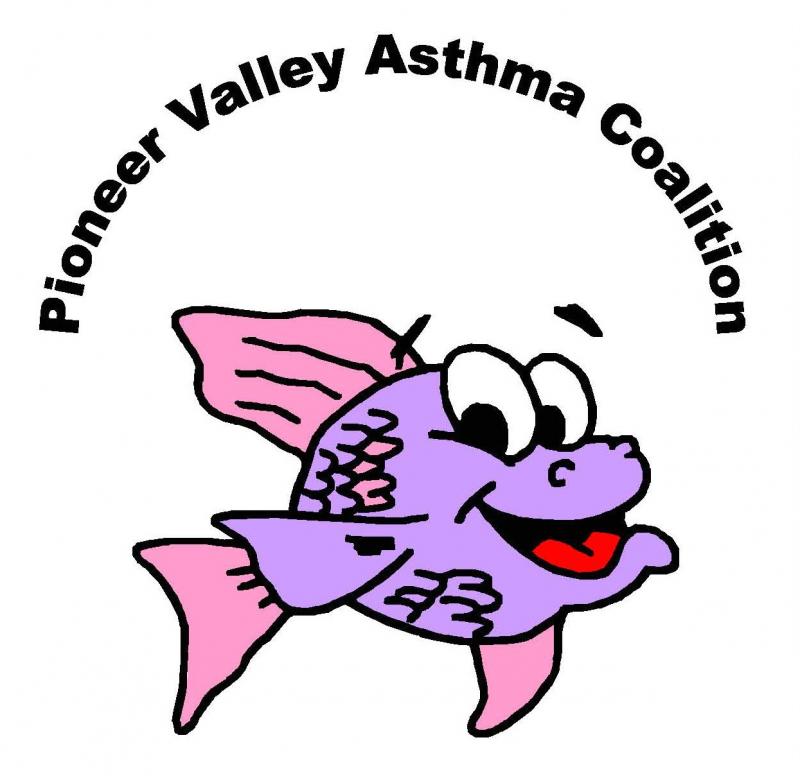Fire
About
If a fire starts in your home, you may only have two minutes to escape. The most effective way to protect your family and home from fire is to identify and remove fire hazards.
Many house fires can be prevented, yet, according to the U.S. Fire Administration, every 40 minutes someone is injured in a residential building fire. In 2013, smoking was the cause of nearly 13% of fatal residential building fires.
The leading causes of residential building fires include cooking and heating. The U.S. Fire Administration reports the following information about these two leading causes of home fires:
Cooking Fires
- During the period of 2006-2010, unattended cooking was the leading contributing factor in home cooking fires.
- 57% of injuries from home cooking fires occurred when the victim tried to fight the fire themselves.
Heating Fires
- During the period of 2010-2012, home heating fires peaked in January and declined in the summer months.
- From 2010-2012, confined fires ( in chimneys, flues or fuel burners) accounted for 87% of home heating fires. 30% of unconfined home heating fires occurred because the heat source was too close to things that can burn.
Risks
According to the National Fire Protection Association, a small flame can turn into a major fire in just 30 seconds, and within minutes, thick black smoke can fill a house. A fire’s heat alone can kill. Room temperatures in a fire can reach 100 degrees at floor level and 600 degrees at eye level. This is hot enough to melt clothes to your skin and scorch your lungs when you breath. Fire may start out bright, but it quickly produces black smoke, darkening your home and making it difficult to escape. Fire uses up oxygen, and leaves smoke and poisonous gases in the air, which may make it hard to breath.
Solutions
Take the following steps to protect your family from house fires
- Install smoke alarms: Properly installed and maintained smoke alarms provide an early warning of a potentially deadly fire and reduce the risk of fatality. Install smoke alarms on every habitable level of your home, inside bedrooms and outside sleeping areas.
- Test smoke alarms monthly: Test smoke alarms every month, and if they’re not working, change the batteries.
- Install residential sprinklers: Residential sprinkler systems can help contain or extinguish a fire.
- Have an escape plan: Escape plans help you get out of your home quickly. Small fires become big problems very quickly. There is little time to exit safely.
- Practice your escape plan: Talk with all household members, including children, about a fire escape plan and practice the plan at least twice a year.
- Have a fire extinguisher: Only an adult who knows how to use and fire extinguisher should use one. Different types of fires require different types of fire extinguishing agents. Using the wrong type of extinguisher can endanger the user and make the fire worse.
- If there’s a fire, get out: If a fire occurs in your home, GET OUT, STAY OUT and CALL for help. According to the U.S. Fire Administration, during the period of 2011-2013, 35% of civilian fire injuries resulted from trying to control a fire.
Eliminate Common Home Fire Hazards
- Stay in the kitchen when you are frying, grilling, or using an open flame;
- Keep furniture, curtains, towels and anything that could catch fire at least 3 feet from any type of heat source;
- Keep towels, pot holders, curtains, and paper products away from the stove;
- If you use a space heater as supplemental heat, make sure its the type that turns off automatically if it flips over;
- Avoid smoking inside, and NEVER smoke in bed;
- Plug large and small appliances directly into wall outlets;
- Keep matches and lighters locked away from children;
- Insert plugs fully into sockets, and don’t overload extension cords or wall sockets;
- Check appliances and wiring often, and replace worn, old, or damaged appliance cords right away;
- Never leave a lit candle unattended;
Smoke Detector Regulations in Massachusetts
All homes are required to have smoke detectors. When a property (up to 5 units) is being sold, the seller must install approved smoke detectors. The Springfield Fire Department will inspect to confirm compliance, and if the inspection is successful, you will be issued a Certificate of Compliance.
The actual requirements vary depending on the number of units in a property and when the property was built (or last renovated). For more information
review the MA Department of Fire Services Guide to Smoke & Carbon Monoxide Requirements, or contact the Springfield Fire Department.
Fire Resources
- A Guide to the Massachusetts Smoke & Carbon Monoxide Requirements, MA Dept. of Fire Services
- Home Fire Safety, Springfield Fire Department
- Home Fire Escape Plan Worksheet, Red Cross

